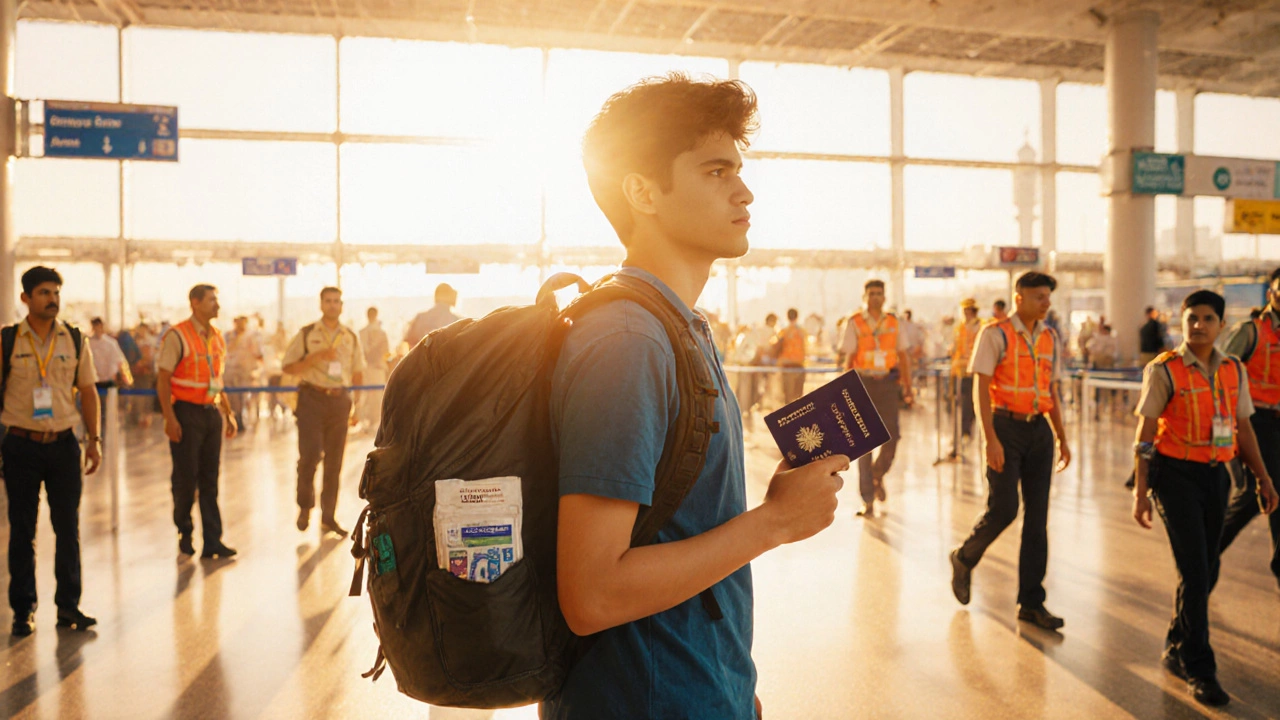India Safety: Essential Tips for Travelers to Stay Secure and Confident
When you think about India safety, the real concerns travelers face when navigating India’s bustling cities, remote trails, and cultural sites. Also known as travel security in India, it’s not about fear—it’s about knowing what to watch for and how to act. Many assume India is dangerous, but the truth is simpler: safety here depends on smart choices, not luck. You won’t get sick if you know which street food is clean. You won’t get lost if you hire a local guide on a Himalayan trail. You won’t feel uneasy in Delhi or Mumbai if you understand the local rhythms.
Safe cities in India, like Mumbai, Nagpur, and certain parts of South India, offer calm, predictable environments for families and solo travelers. Meanwhile, trekking safety India, especially on routes like Roopkund or the Great Himalayan Trail, requires more than good shoes—it needs a local guide who knows the weather, permits, and trail signs. And when it comes to India travel health, vaccinations, bottled water, and avoiding raw salads aren’t just suggestions—they’re the difference between a great trip and a hospital visit. These aren’t random tips. They’re the same rules repeated across dozens of real traveler stories in our collection.
What you’ll find below isn’t a list of warnings. It’s a practical toolkit. From how to pick a safe train ride in India to why Uber doesn’t work everywhere in Goa, from temple dress codes that prevent awkward moments to the exact vaccines you actually need—you’ll see real patterns. No fluff. No fearmongering. Just what works. Whether you’re eating street food in Delhi, hiking in the Western Ghats, or exploring the Heart of India in Nagpur, the advice here is built from what travelers actually experienced—and what kept them safe.
